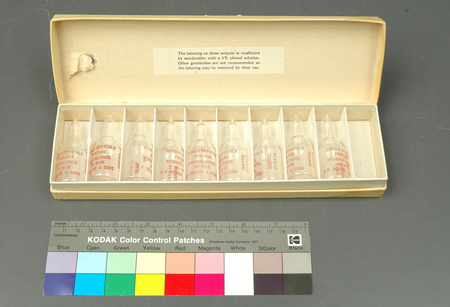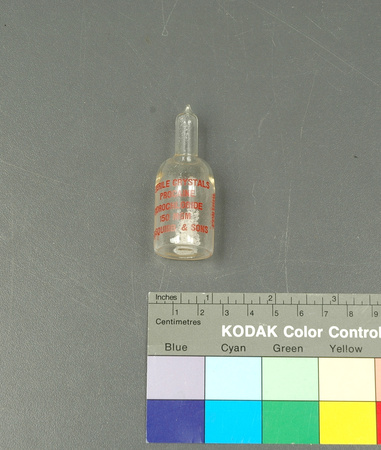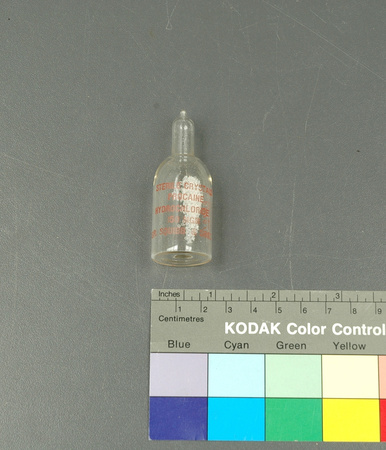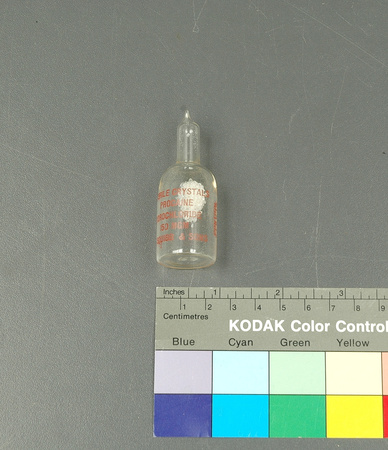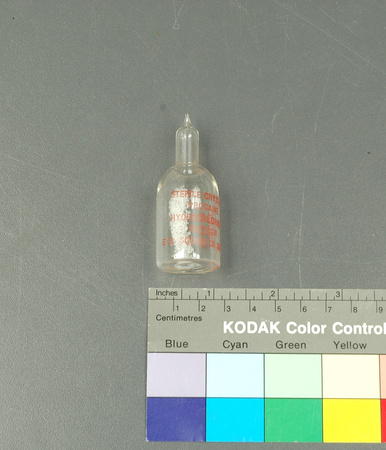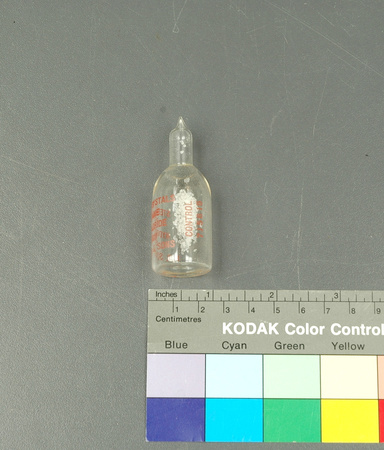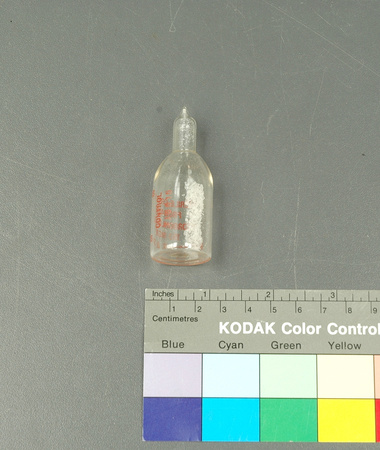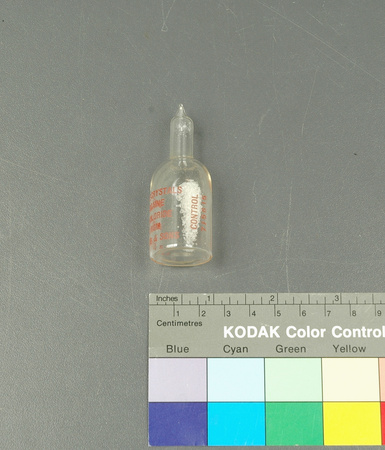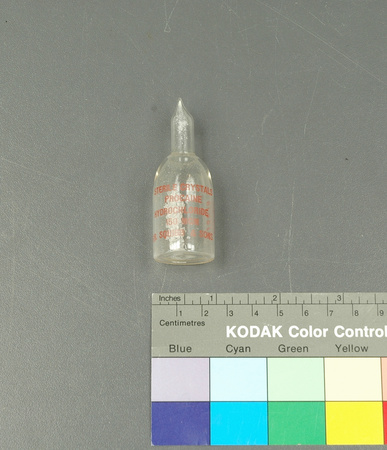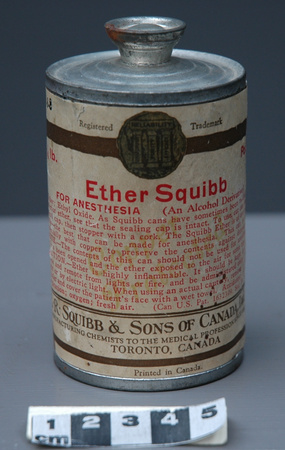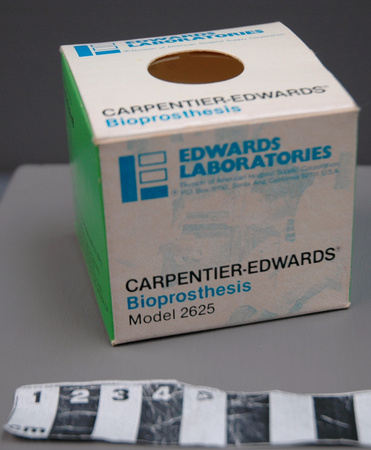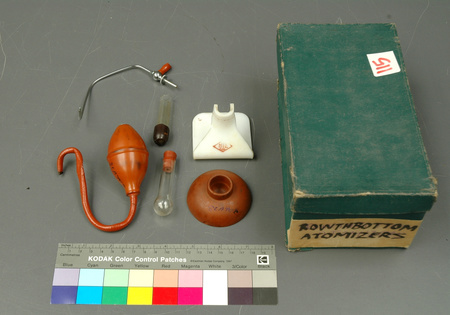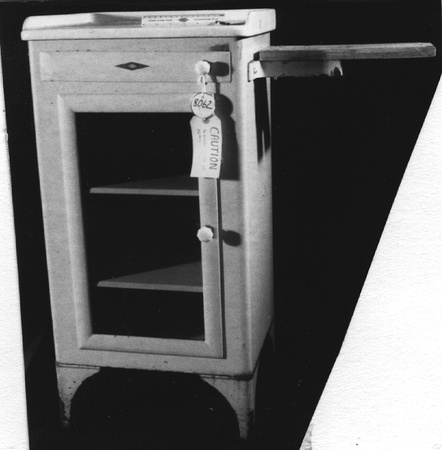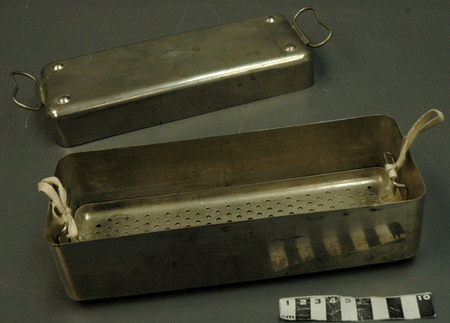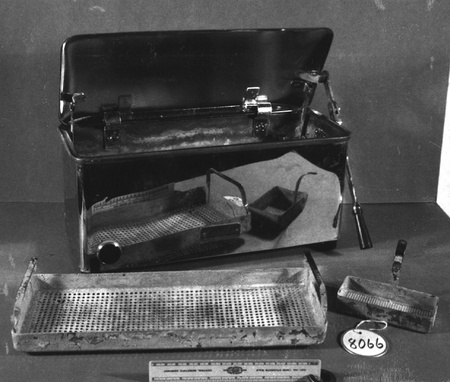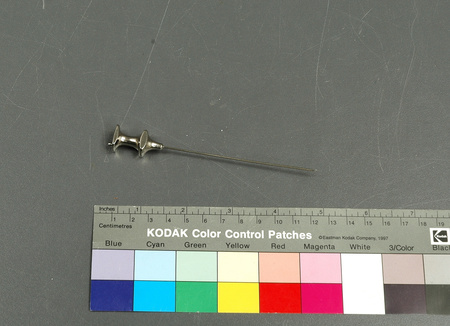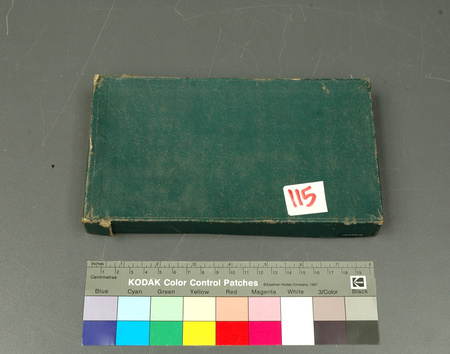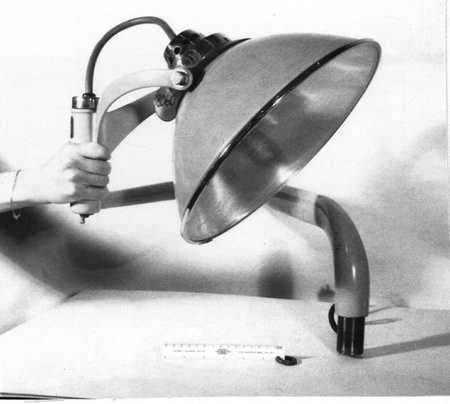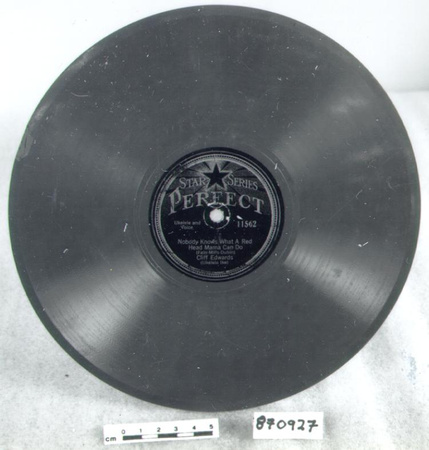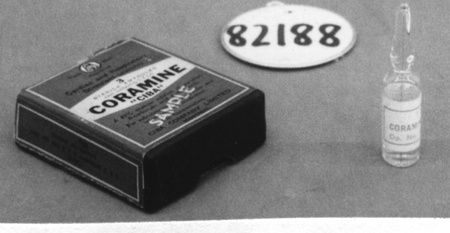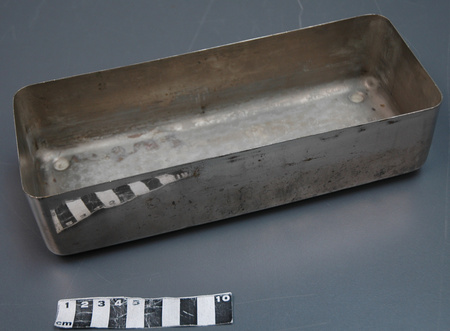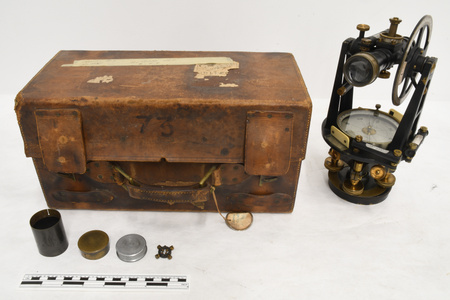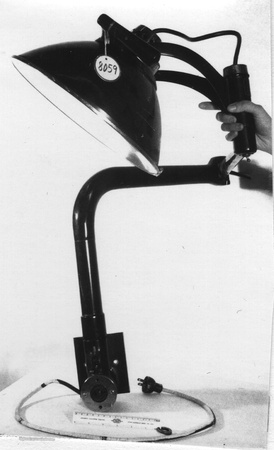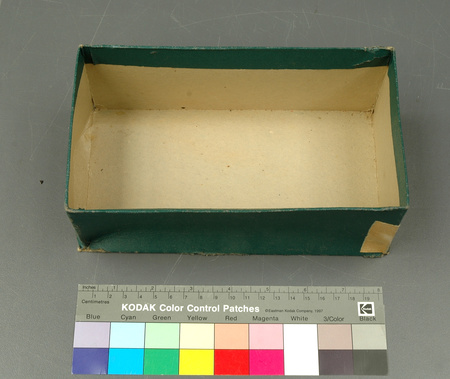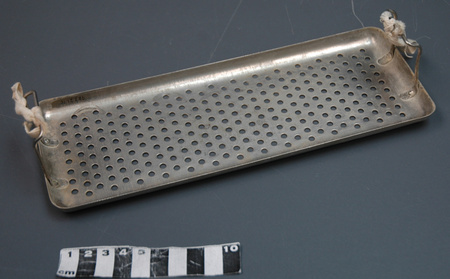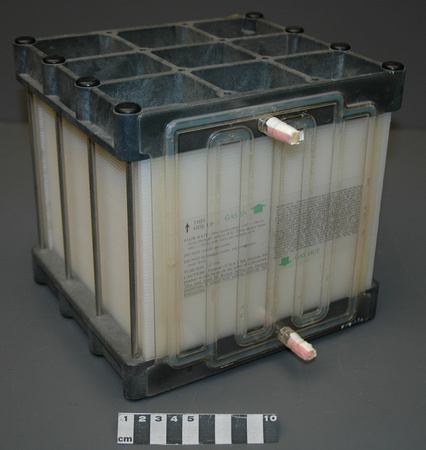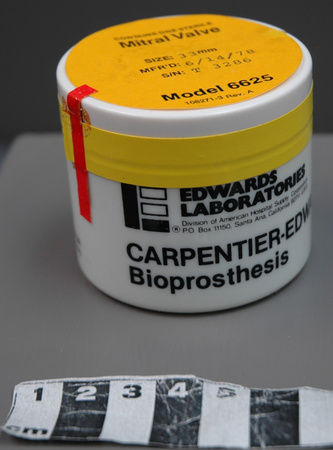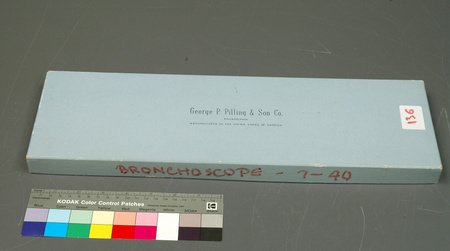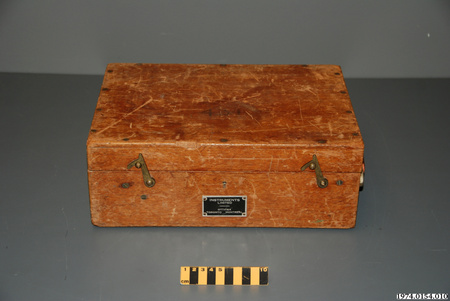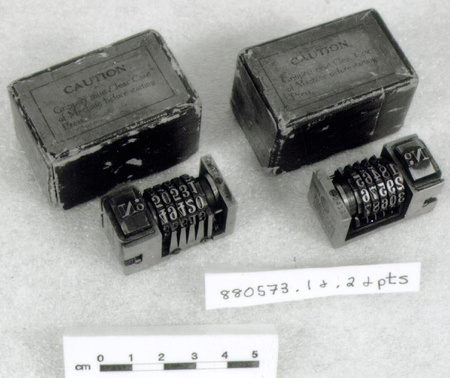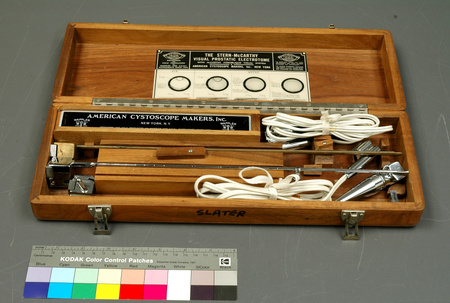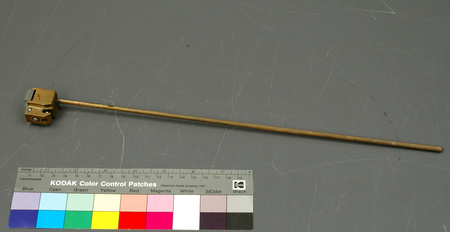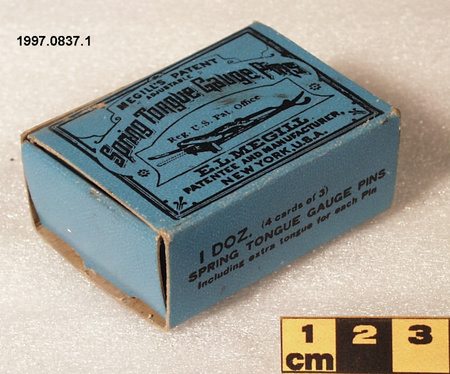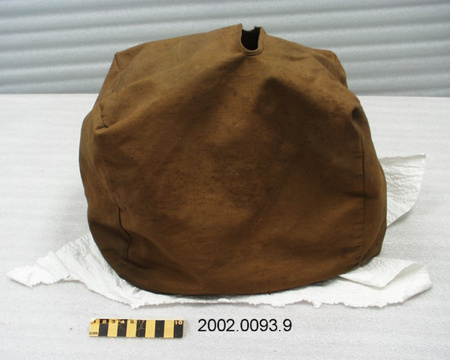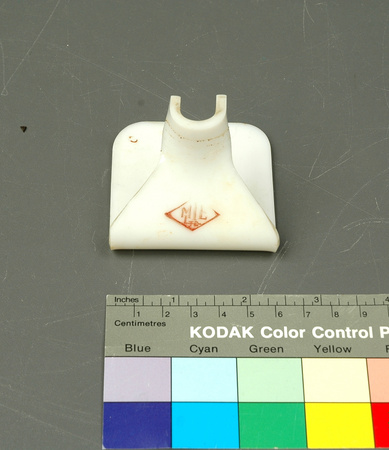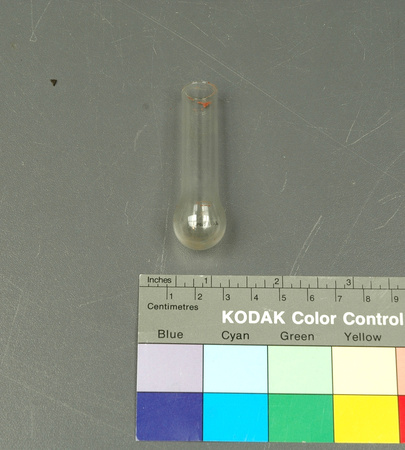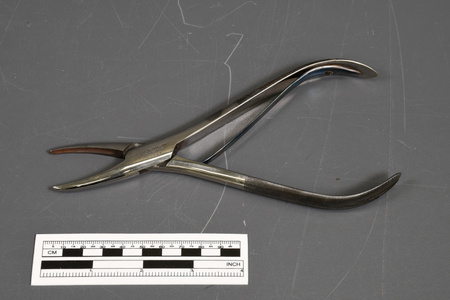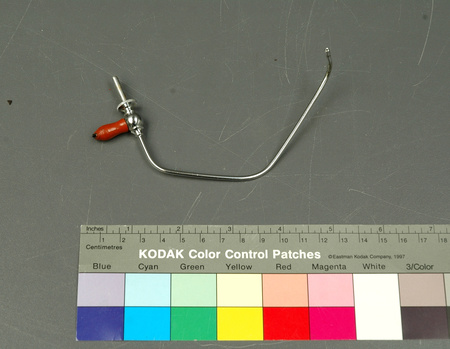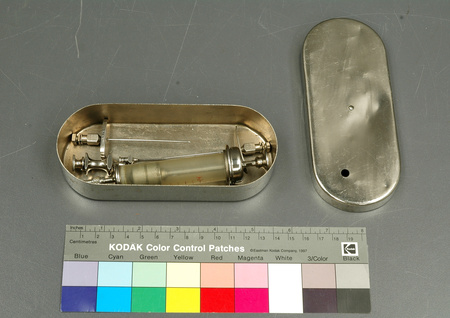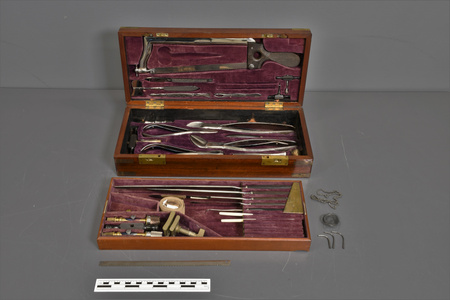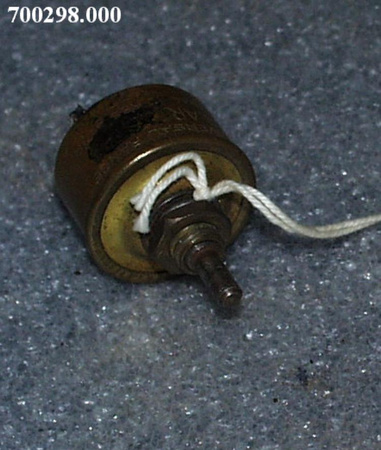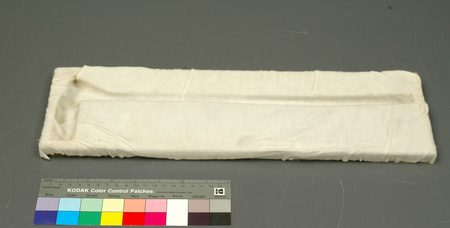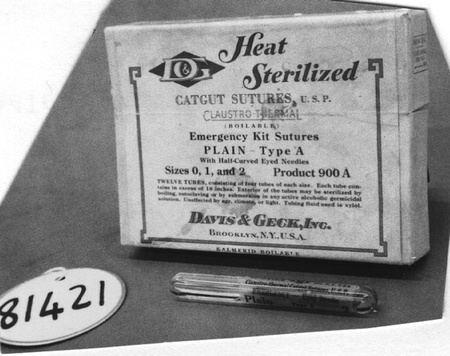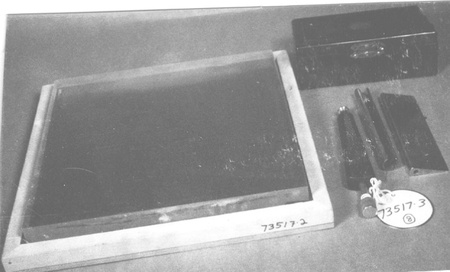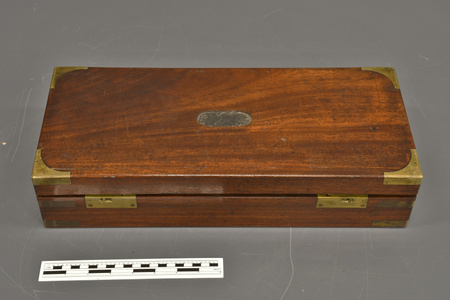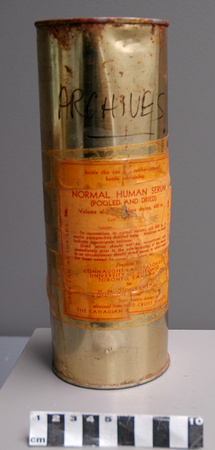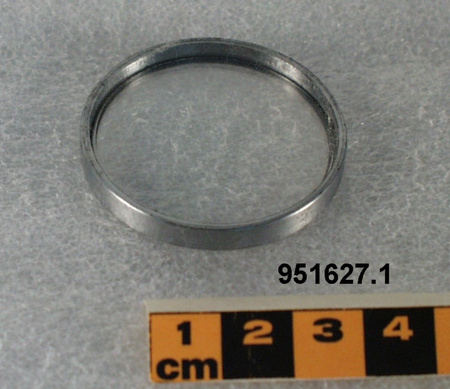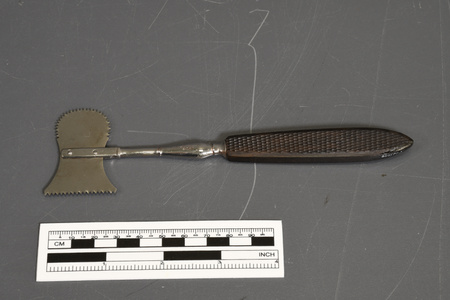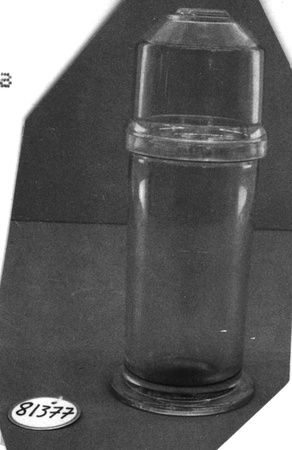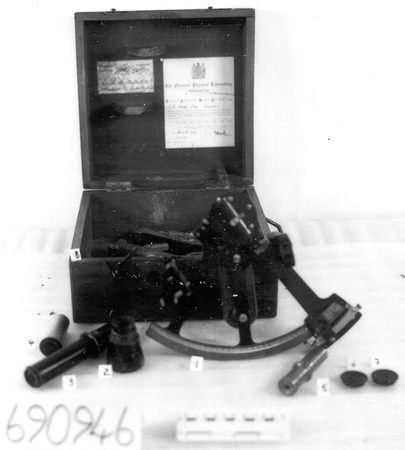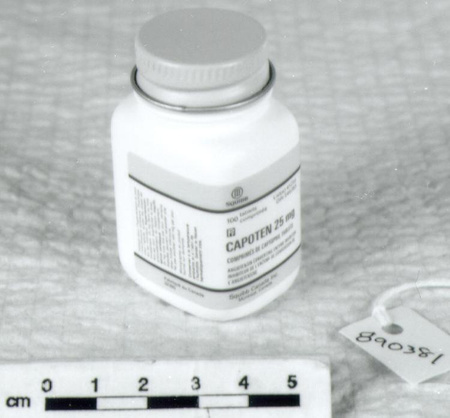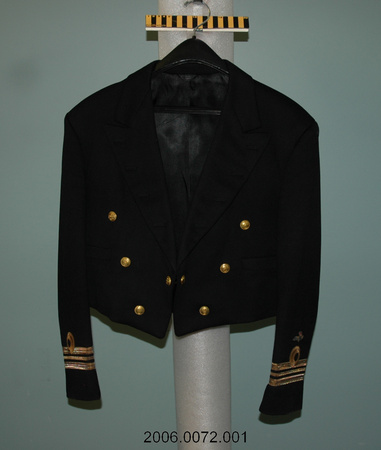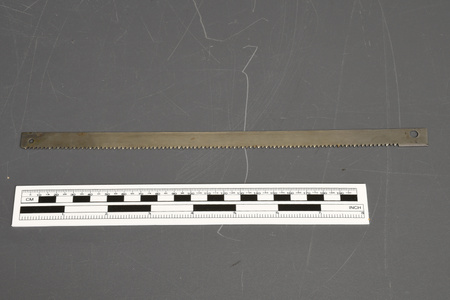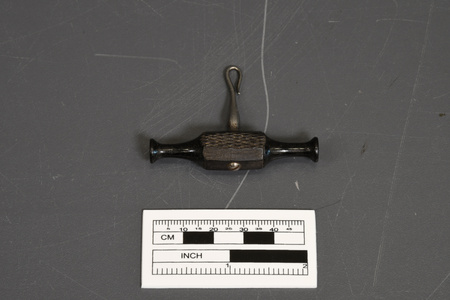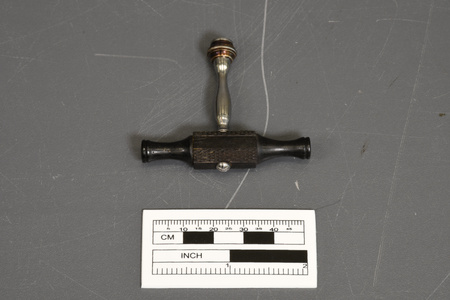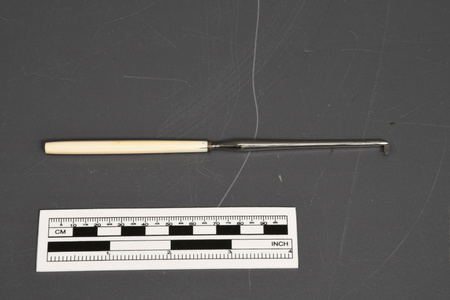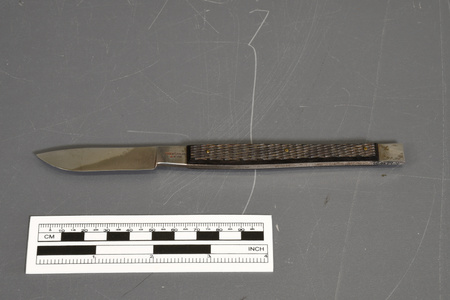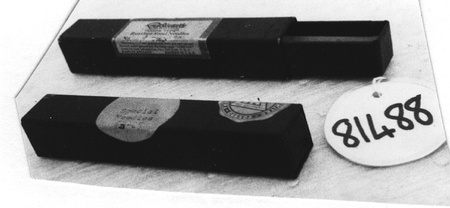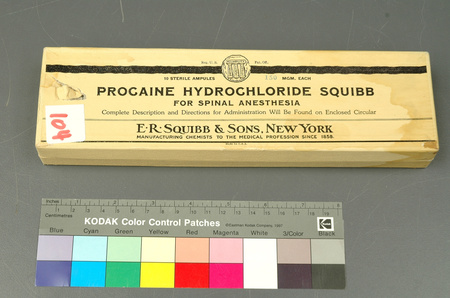Box
Use this image
Can I reuse this image without permission? Yes
Object images on the Ingenium Collection’s portal have the following Creative Commons license:
Copyright Ingenium / CC BY-NC-ND (Attribution-NonCommercial 4.0 International (CC BY-NC 4.0)
ATTRIBUTE THIS IMAGE
Ingenium,
2014.0106.010
Permalink:
Ingenium is releasing this image under the Creative Commons licensing framework, and encourages downloading and reuse for non-commercial purposes. Please acknowledge Ingenium and cite the artifact number.
DOWNLOAD IMAGEPURCHASE THIS IMAGE
This image is free for non-commercial use.
For commercial use, please consult our Reproduction Fees and contact us to purchase the image.
- OBJECT TYPE
- Hinged
- DATE
- 1906
- ARTIFACT NUMBER
- 2014.0106.010
- MANUFACTURER
- Squibb, E.R. & Sons
- MODEL
- Unknown
- LOCATION
- New York, United States of America
More Information
General Information
- Serial #
- N/A
- Part Number
- 10
- Total Parts
- 10
- AKA
- N/A
- Patents
- N/A
- General Description
- Card stock box; synthetic covering
Dimensions
Note: These reflect the general size for storage and are not necessarily representative of the object's true dimensions.
- Length
- 26.7 cm
- Width
- 7.7 cm
- Height
- 3.2 cm
- Thickness
- N/A
- Weight
- N/A
- Diameter
- N/A
- Volume
- N/A
Lexicon
- Group
- Medical Technology
- Category
- Chemicals & medications
- Sub-Category
- N/A
Manufacturer
- AKA
- SQUIBB
- Country
- United States of America
- State/Province
- Unknown
- City
- New York
Context
- Country
- Unknown
- State/Province
- Unknown
- Period
- Unknown
- Canada
-
Part of a collection of medical technologies donated to the Canada Science and Technology Museums Corporation by the Canadian Anesthesiologists’ Society. - Function
-
Contains and protects glass ampoules of anaesthetic - Technical
-
Procaine was used for spinal anaesthesia. It is a less toxic derivative of cocaine which was introduced for local analgesia in 1905. It is synonymous with novocaine hydrochloride. Edward Robinson Squibb graduated from Jefferson Medical College in Philadelphia, Pennsylvania. He immediately became a ship's surgeon in the U.S. Navy, serving during the ongoing Mexican-American War. After the war he ran the medical station at the Brooklyn Naval Yards. As a Navy physician, Squibb became disenchanted with the poor quality of medicines used on American military vessels and, as a result, in 1854 he invented an improved method of distilling ether, an anesthetic. He gave away his distillation method, rather than patent it for profit. In 1858 he left the military and started his own pharmaceutics manufacturing business in Brooklyn. In 1892 Squibb created a partnership with his two sons, Dr. Edward H. Squibb and Charles F. Squibb, the firm being known for generations afterwards as E. R. Squibb and Sons. (ref.2) - Area Notes
-
Unknown
Details
- Markings
- On top of box: "[LOGO] RELIABILITY/ UNIFORMITY/ PURITY/ EFFICACY/ E.R. SQUIBB & SONS/ Reg. U.S./ Pat. Off./ 10 STERILE AMPULES 150 MGM. EACH/ PROCAINE HYDROCHLORIDE SQUIBB/ FOR SPINAL ANESTHESIA/ Complete Description and Directions for Administration Will Be Found on Enclosed Circular/ E.R. SQUIBB & SONS, NEW YORK/ MANUFACTURING CHEMISTS TO THE MEDICAL PROFESSION SINCE 1858./ Made in U.S.A."/ White sticker on top with "104" written in red marker/ Label on inside of lid: "The lettering on these ampuls is unaffected/ by sterilization with a 5% phenol solution./ Other germicides are not recommended as/ the lettering may be removed by their use."
- Missing
- N/A
- Finish
- Cream coloured exterior with black printing, with attached white insert inside.
- Decoration
- N/A
CITE THIS OBJECT
If you choose to share our information about this collection object, please cite:
Squibb, E.R. & Sons, Box, 1906, Artifact no. 2014.0106, Ingenium – Canada’s Museums of Science and Innovation, http://collection.ingenium.ca/en/item/2014.0106.010/
FEEDBACK
Submit a question or comment about this artifact.
More Like This
